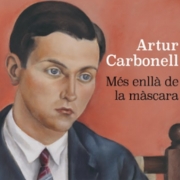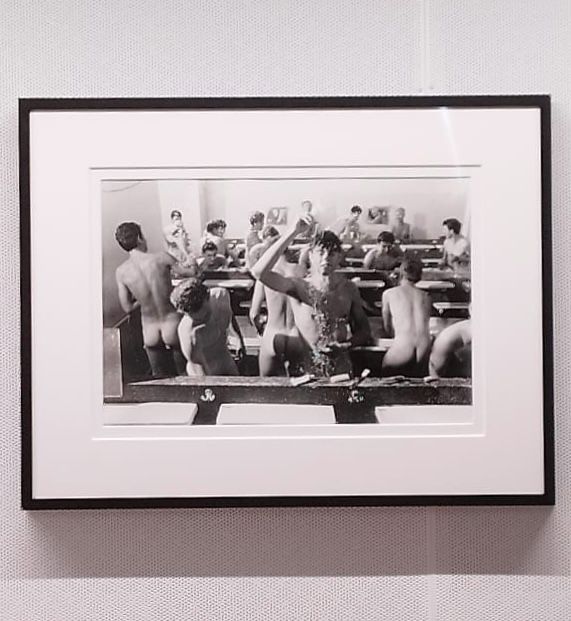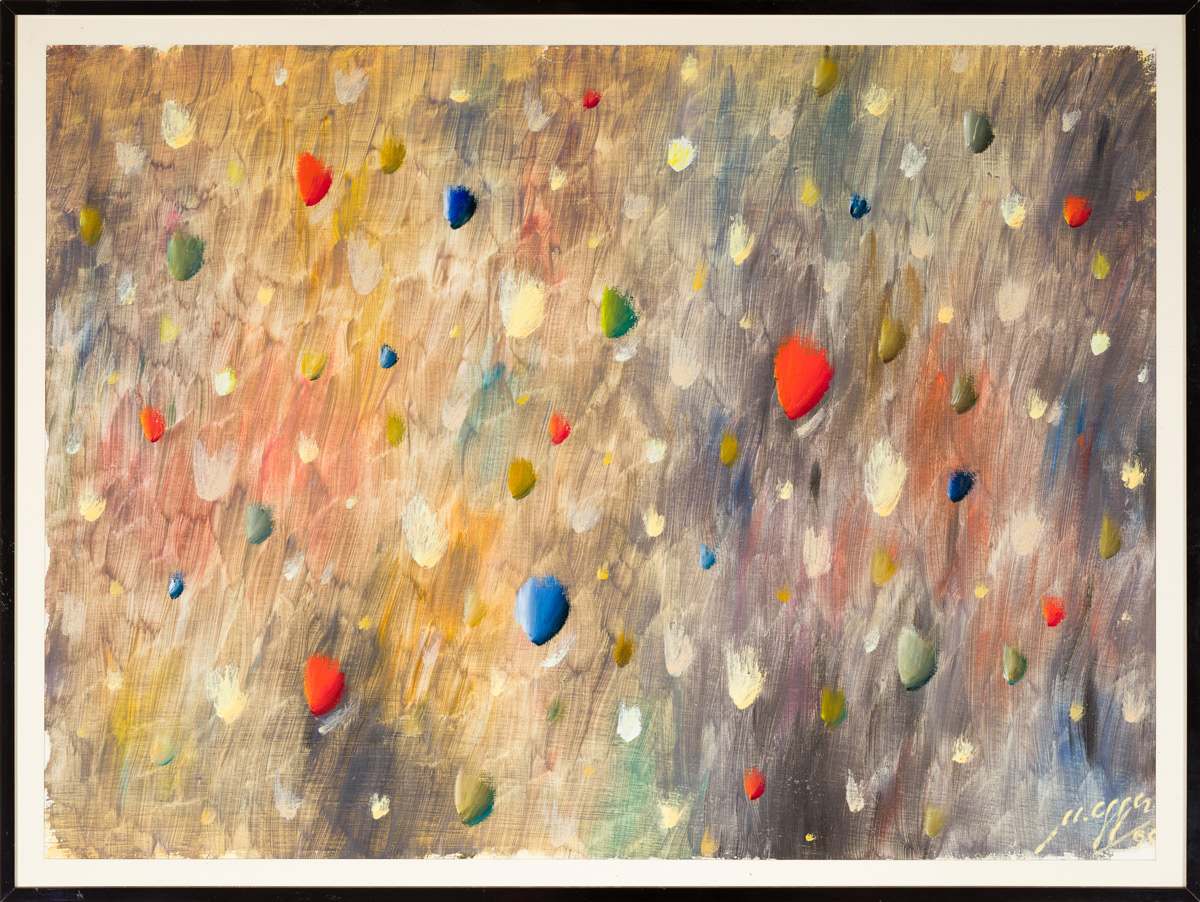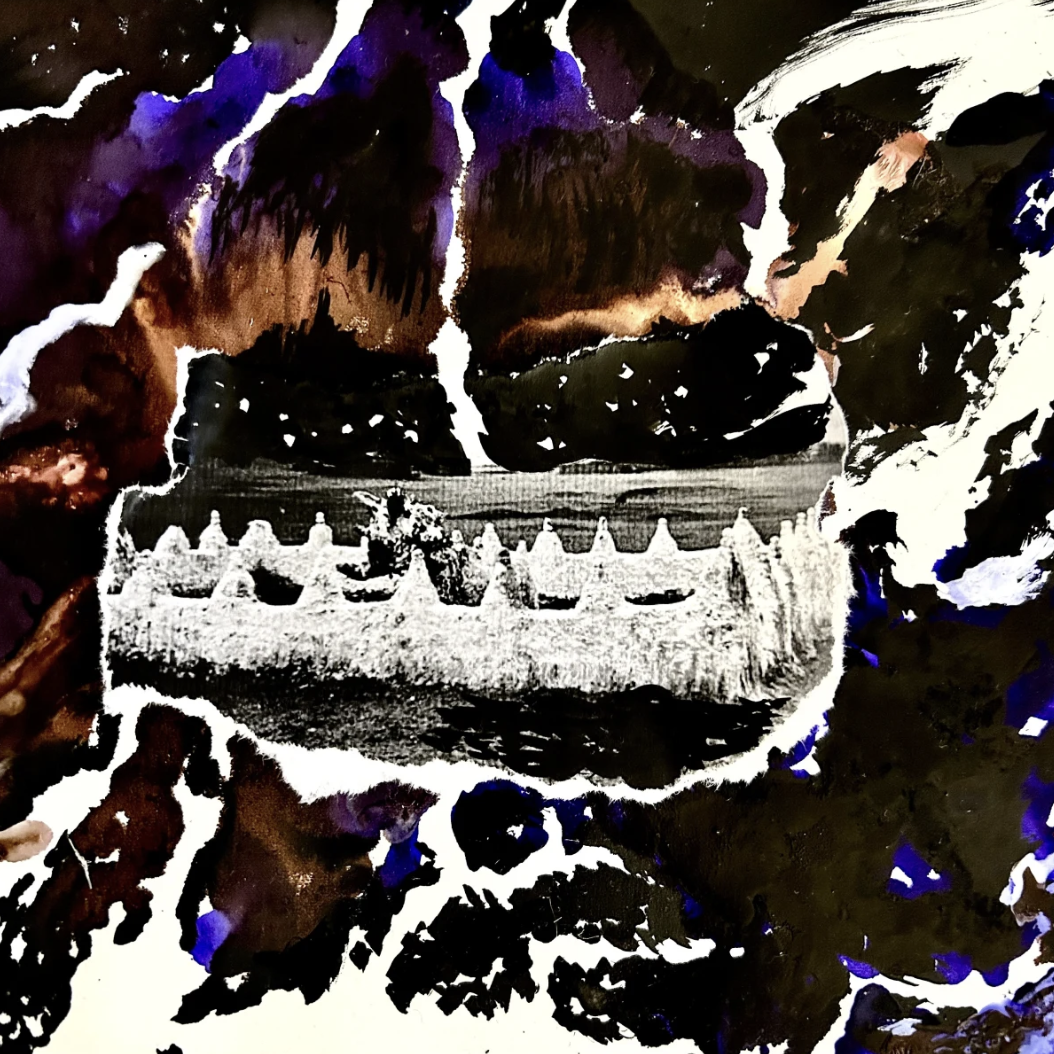Exhibitions
Fernando Botero: a universal master
The essence of a master of form in a major exhibition at the Palau Martorell.
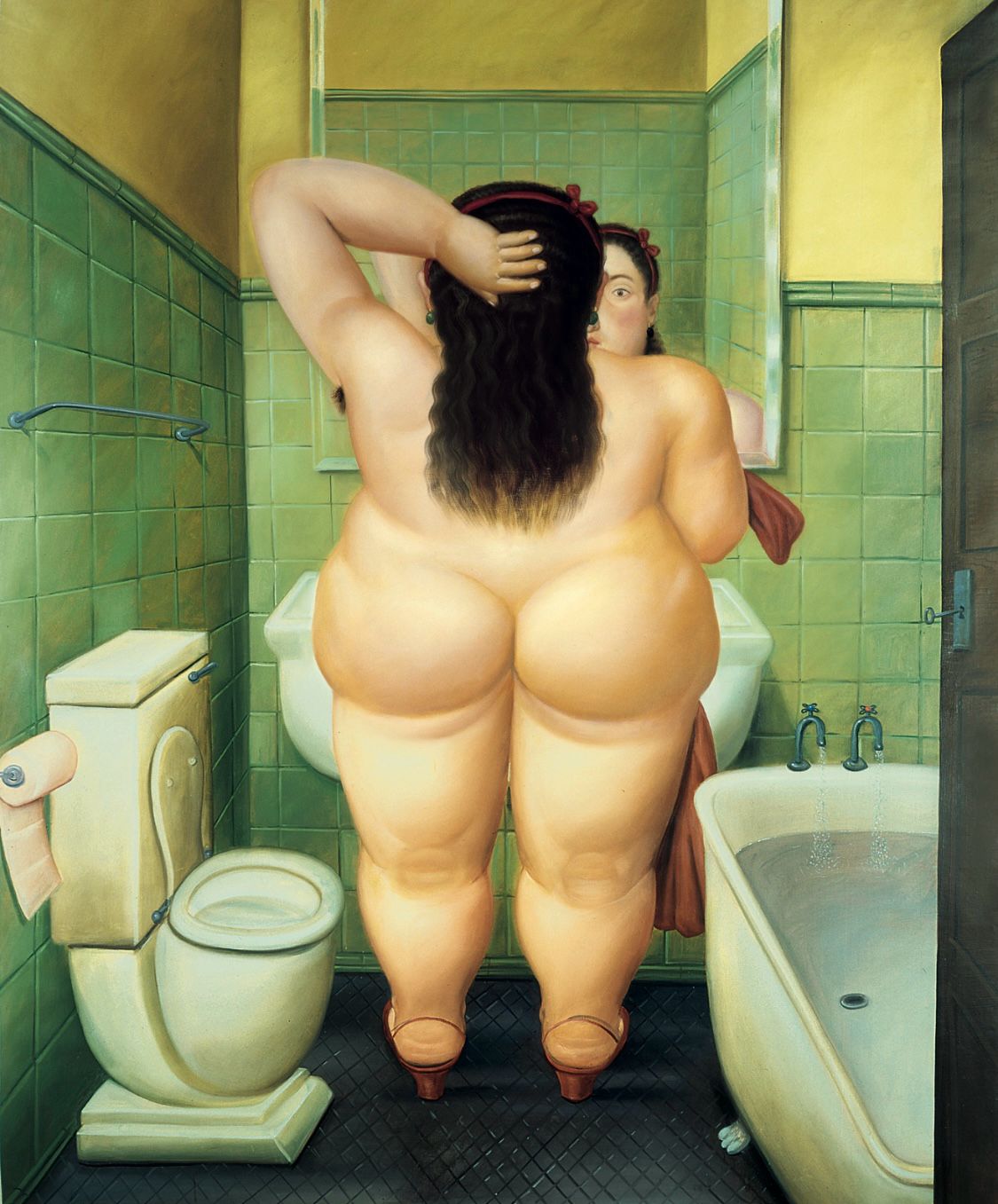
Fernando Botero , one of the most internationally recognized artists, arrives in Barcelona with an exhibition that captures the essence of his creative universe, from his voluminous characters to his deepest reflections on the human condition and his social concerns. With more than 110 pieces, many of them previously unpublished, the exhibition presents sculptures, oil paintings, watercolors and drawings, offering a complete vision of his artistic legacy.
The curatorship, in charge of Lina Botero and Cristina Carrillo de Albornoz , guides us through the multiple facets of an artist who, with great technical capacity and a constant search for new forms of expression, has consolidated an unmistakable style. The exhibition is divided into ten sections, each focused on a theme or series fundamental to his career. In addition, the tour includes some of his most emblematic collections, where the artist explores themes that have always accompanied him, such as his vision of Latin America, the world of the circus, religion and still life.
 'Trapecio volador', Fernando Botero (2007). Col·lecció privada
'Trapecio volador', Fernando Botero (2007). Col·lecció privada
Born in Colombia in 1932, he began painting at a young age. In the late 1950s, his work 'Mona Lisa at Twelve' gained international visibility when the MoMA in New York acquired it. Self-taught and tireless explorer, he sought references in masters such as Titian, Velázquez, Goya and Picasso, finding his artistic identity through experimentation and dialogue with the European tradition. In this decade, his trip to Italy allowed him to delve deeper into the Quattrocento and the Renaissance, which he considered the pinnacle of the Western tradition. There he discovered his fascination with volumes, a distinctive feature of his work that would mark a true stylistic transformation. Barcelona was also key on his path, a city where he deeply admired Picasso and identified with his passion for painting and his rebellious and nonconformist spirit. Within the exhibition, a fundamental section is dedicated to Latin America, its roots and its connection with Colombia. Botero stated that the artist must always maintain a deep bond with his own land and life experience: “The thing is that art and the artist must make sure that their roots continue to sink into their own land and their own life, and my life has always been in Colombia; my land has always been Colombia.” This sense of belonging is reflected in many of his works, which evoke with nostalgia his childhood and the Latin American landscape.
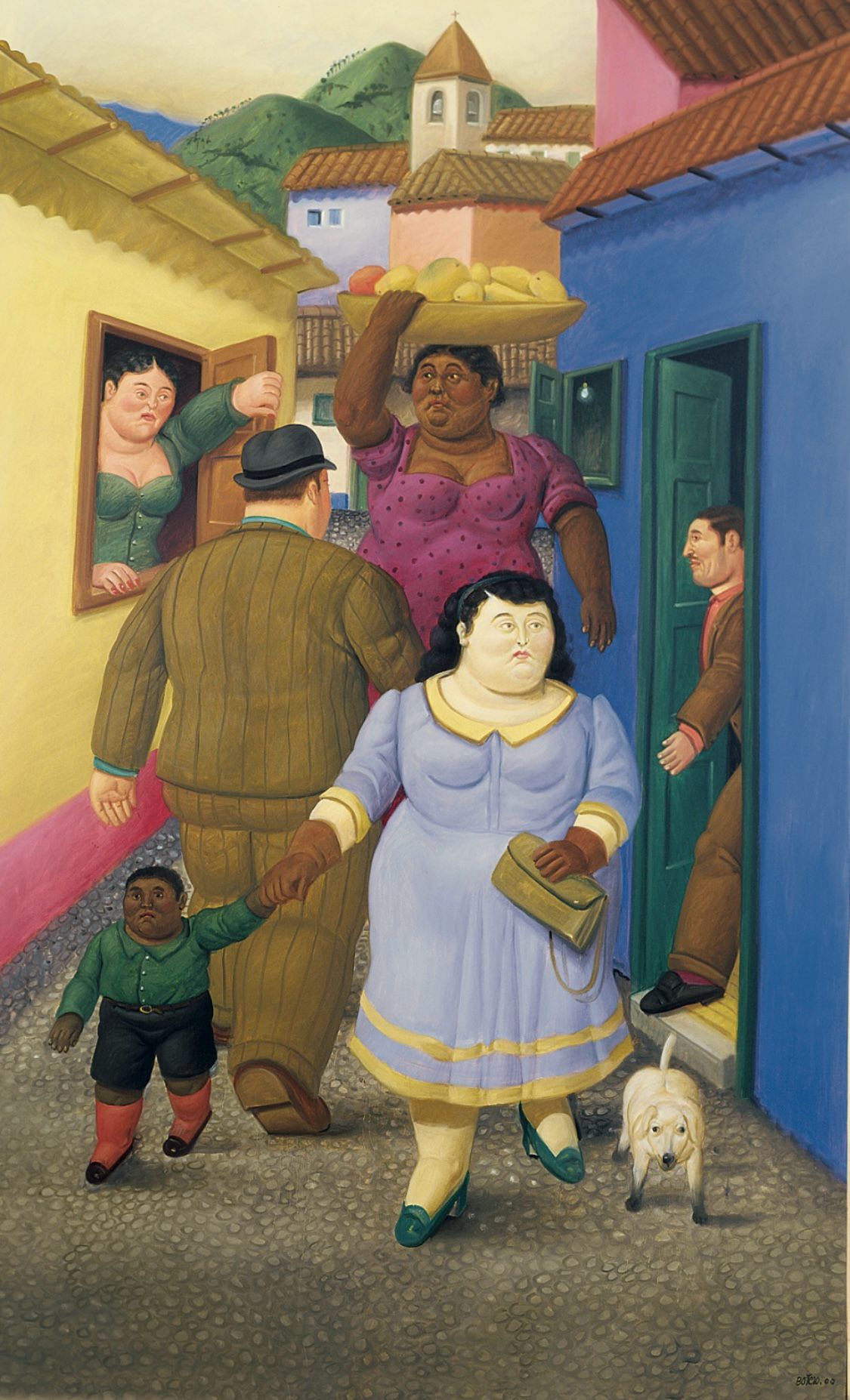 'La calle', Fernando Botero (2000). Col·lecció privada
'La calle', Fernando Botero (2000). Col·lecció privada
The passion for painting and the depth of his work are the axes of this exhibition, which, beyond celebrating the richness of his universe, shows the mastery he acquired with the different techniques he approached and his constant search to express his personal and social concerns. As he himself said, “art must produce pleasure”, but he was also aware of the injustices of the world, and for this reason he addressed topics such as violence in Colombia and torture at Abu Ghraib in Iraq, two of his works that can be seen in Barcelona for the first time. In addition, the exhibition includes previously unpublished works such as La Menina, según Velázquez and Homenaje a Mantegna, a painting that remained out of reach of the public for more than 40 years.
'Fernando Botero: a universal master', which can be visited until July, has managed to bring together the complexity and richness of the Botero universe, an artist who managed to merge influences from classical art with a modern style that has left its mark, a style that beyond its exaggerated forms, transmits a profound message about life, history and the human condition.
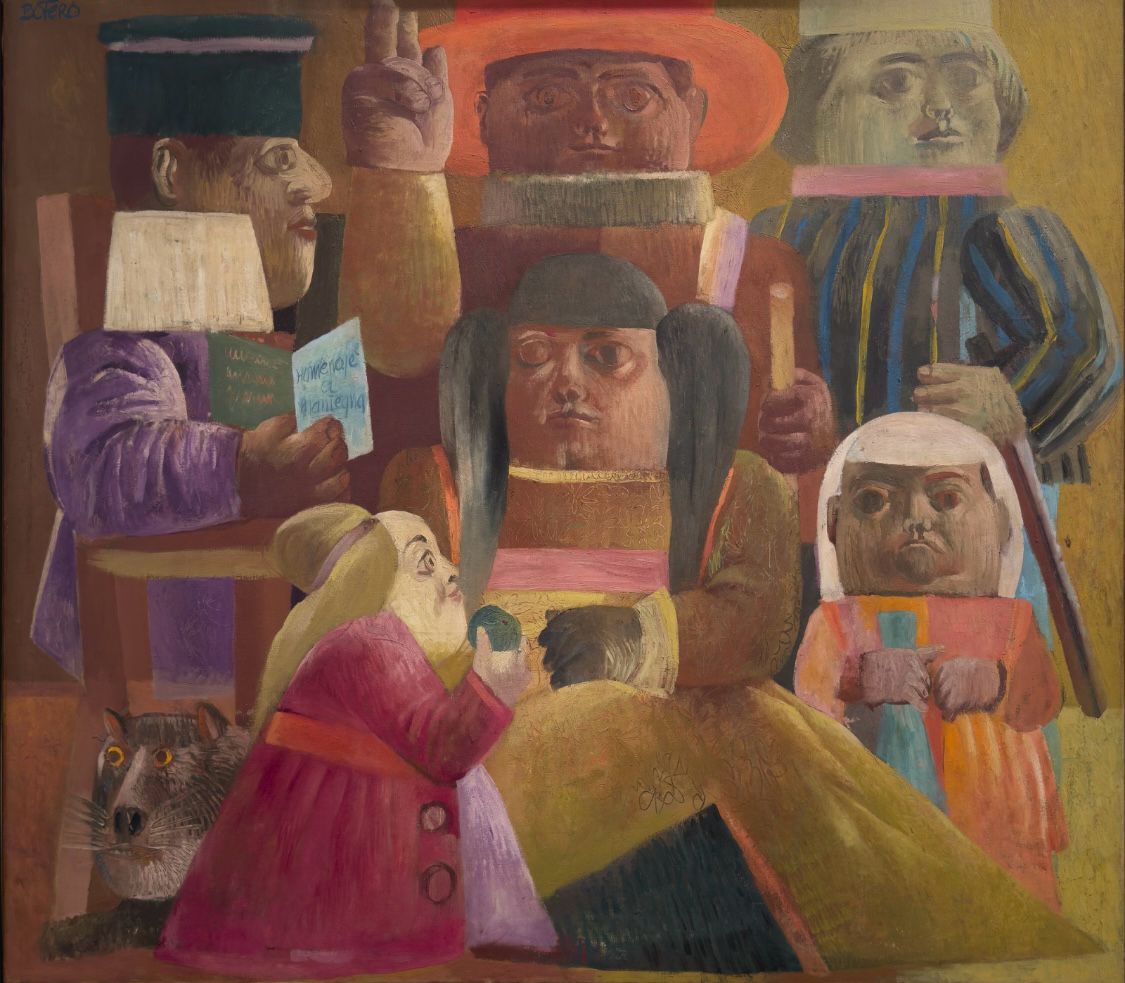 'Homenaje a Mantegna', Fernando Botero (1958). Col·lecció privada
'Homenaje a Mantegna', Fernando Botero (1958). Col·lecció privada


